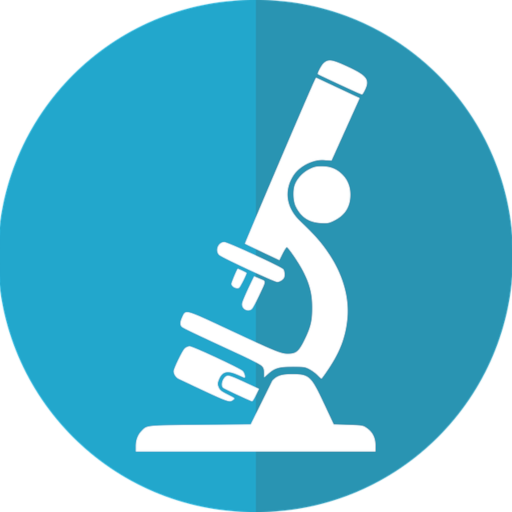Mechanism of action for medications prescribed for an infection
Antimicrobial agents kill or slow the spread of microorganisms. Different types of antimicrobial agents are prescribed for diseases caused by these organisms. Antibiotics are used to treat bacterial infections and some fungal infections. As the name implies, antifungals are used to treat fungal or yeast infections. Antivirals are either vaccines used to prevent viral infections or drugs used to treat viral infections.
These drugs are developed to attack various known structures and/or processes on or within the target organism.
The table below briefly explains the mechanism of action for each of these types of antimicrobials.
| ANTIBIOTICS | ANTIFUNGALS | ANTIVIRALS |
| Inhibit cell wall synthesis | Prevent formation of structural components that make up the cell wall | Prevent attachment of viral proteins to host cell receptors |
| Disrupt cell membrane structure and function | Prevent stability and structural integrity of the plasma membrane | Prevent entry of the viral proteins into the host cell cytoplasm |
| Inhibit DNA and /or RNA synthesis | Inhibit DNA and/or mitotic processes | Prevent uncoating to release the viral genome inside the host cell (for DNA and RNA viruses) |
| Inhibit protein synthesis (target ribosomes) | | Prevent replication by inhibiting DNA/RNA polymerase |
| | | Inhibit viral protein synthesis |
| | | Inhibit proteases and cleave capsid or envelope related proteins to prevent assembly (prevents it from becoming infectious) |
| | | Inhibits viral budding and prevents the release of the virus outside of the host cell and into the bloodstream |
Germs put on their boxing gloves
Remember, organisms that cause infection do everything they can to survive. That means they “put up their dukes” and change (mutate) to evade these antimicrobial agents.
As mentioned above, drugs used to treat or prevent infections are developed based on KNOWN structures or functions/processes of bacteria, fungi, or viruses. If a bacteria, fungus, or virus mutates, those drugs become ineffective. A new drug then needs to be developed based on the new structure or function/process of that strain of the organism.
